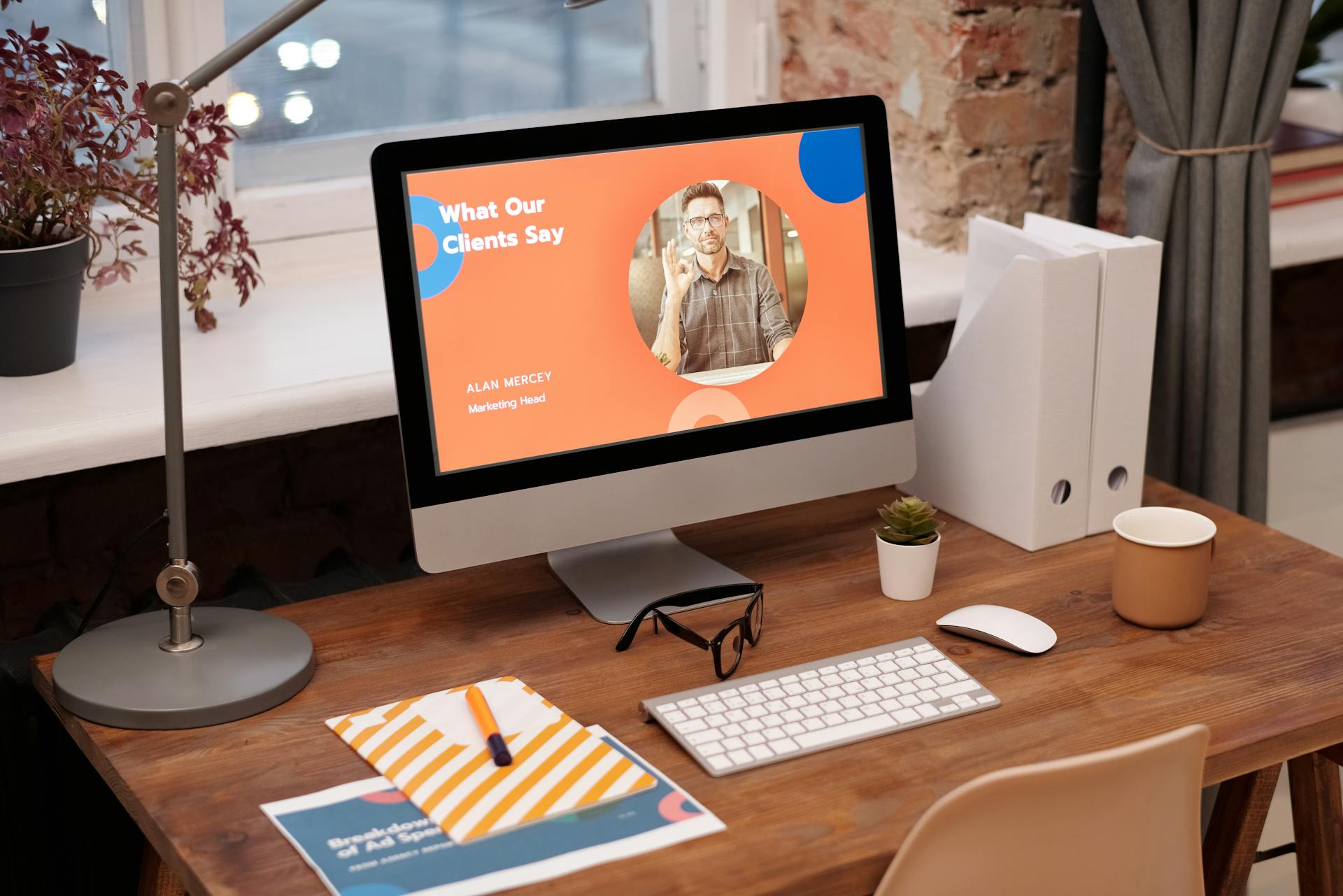A website is usually the first place where people connect with a business and learn about what it offers. How it looks, feels, and functions directly shapes the way people perceive the business behind it.
A MDPI study highlights that visual, navigational, and informational design elements of a website influence how customers perceive usability and feel satisfied. Better navigation and more informative content greatly boost website usability. Visual design, on the other hand, has the strongest effect on customer satisfaction.
This is why a clean, responsive, and secure website can immediately convey credibility. On the other hand, a cluttered or outdated design can do the opposite. This blog post explains how businesses can use practical design choices to earn user trust and improve conversion outcomes from the first click.

First Impressions Are Instant
A visitor’s first impression of a website happens in less than a second. That brief moment determines whether they will stay or leave. Users are more likely to distrust the brand if the layout looks confusing or the content feels disorganized.
Design directly influences user behavior. Clear typography, structured layouts, and consistent formatting help guide attention and reduce hesitation. People trust businesses that look professional.
Even minor design flaws, such as poor spacing or clashing colors, can affect how trustworthy a business appears. Websites that use clean design with proper visual hierarchy allow users to absorb content faster and with more comfort.
Modern users are also quick to judge whether a site feels current. Outdated design patterns, broken links, or slow responsiveness send the message that a business is not active or reliable. Every visual element should serve a clear purpose. When everything fits together smoothly, people feel more confident in the company behind the site.
Consistent Branding = Reliability
Consistent branding creates a stable, familiar experience that builds trust over time. When visitors see the same logo, colors, and tone across every page, it signals reliability. It tells them your business pays attention to detail and maintains standards.
Inconsistency does the opposite. If one page uses a different font, another shifts the color palette, or messaging varies too much, users feel unsure. They may question whether they’re still on the same website. This visual disconnection weakens trust and distracts from your message.
Every element on a website must have a job. Whether it’s to guide, inform, or reassure, the design must support the user’s goal without adding friction. For example, the website of a legal firm should be clean and easy to navigate, rather than flooded with legal jargon. When users visit such sites, they need fast answers and straightforward paths.
Take the nationwide AFFF lawsuits as an example. Individuals and military veterans filing lawsuits don’t want decorative animations or complex layouts. They want trust signals like visible contact information and honest client reviews. To give you the context, several veterans are filing lawsuits for their disability caused by AFFF firefighting foam, as per TorHoerman Law.
Therefore, firms helping veterans explore VA claims for exposure to AFFF should present clear information. A fast-loading, secure website that uses plain language helps these users feel safe and understood. When websites serve real user needs, trust builds naturally. People feel seen and supported, and that’s what turns first-time visitors into long-term clients.
Speed Tells Users You Respect Their Time
Website speed directly impacts how users feel about your business. A slow site creates frustration and gives the impression that their time is not valued. Business.com highlights a study that says a site that loads in 1 second converts 3x more than one loading in 5 seconds.
It converts 5x more than a site that takes 10 seconds. How fast your site loads has a big impact on whether people stick around and trust your brand. Every second of delay increases bounce rates and lowers satisfaction.
Today’s users expect fast results. This isn’t limited to mobile or desktop—it applies across all devices. A lagging site makes your business appear unprepared or outdated. Visitors won’t wait for slow content, even if the product or service is useful.
Search Engine Journal highlights that in April 2010, Google confirmed that site speed affects rankings (for desktop search). Later, in July 2018, the same ranking factor was applied to mobile searches.
In April 2023, Google removed “page experience” from its list of official ranking systems. This confuses me since page speed is part of “page experience.” However, Google clarified that good page experience signals (like speed) are still rewarded.
There are technical ways to improve load time that make a real difference. Compressing large images without losing quality reduces wait time. Limiting redirects, removing unused code, and enabling browser caching all improve performance.
Support Credibility with Social Proof
Social proof shows that others trust your business. It removes doubt and helps new visitors feel more comfortable. Real feedback from clients, whether written, starred, or video-based, can influence decisions in powerful ways.
Business Wire highlights a survey that found online reviews are now the most trusted factor in how people decide what to buy. 54% of people trust online reviews the most. This trust is higher than advice from friends/family (24%), claims made by companies themselves (18%), influencers (2%), and media reviews (2%).
Moreover, Gartner reports that outdated reviews lose influence. Therefore, brands should collect new ones regularly on platforms like Capterra, Software Advice, and GetApp. They should use quotes from customer reviews in marketing and sales material to guide buyers honestly.
Social proof works best when placed near key actions. Highlight testimonials near service descriptions, forms, and pricing sections. This placement reassures users at the moment they’re considering the next steps. Use client names, business details, or job titles (if approved) to add clarity. Avoid anonymous or vague reviews. Verified feedback feels more genuine. Adding photos of reviewers, when possible, boosts trust further.

FAQs
What are the 4 C’s of website design?
The 4 C’s of website design are Clarity, Consistency, Content, and Conversion. A well-designed site ensures clear navigation and maintains visual and functional consistency. It should deliver valuable content and guide users toward desired actions. Overall, this enhances both user experience and business outcomes.
How do you get your website to be trusted?
To make your website trustworthy, use a secure HTTPS connection, display clear contact information, and include testimonials or reviews. You must maintain a professional design and provide accurate, updated content. Trust signals like privacy policies and certifications also boost credibility and user confidence.
What is a good speed score for a website?
A good speed score for a website is 90 or above on Google PageSpeed Insights. This indicates fast performance, leading to better user experience, lower bounce rates, and improved search rankings. Scores between 50–89 are average, while below 50 is considered poor.
Your website’s design shapes how people interact with your business. It speaks before words and influences every click, scroll, and decision.
Fast load times, simple navigation, clear branding, and visible proof of trust help users feel secure. These elements don’t need to be flashy. They need to work well and support the user’s goal.
When visitors find what they need without confusion, trust grows. A well-designed website works hard in the background to build lasting confidence. That’s what turns visitors into loyal clients.

